Microcontroller Development
Why You Need Microcontroller Development?
Microcontroller development is essential for creating custom, embedded, low-cost, low-power, real-time, and rapidly prototyped electronic solutions for various applications. It enables engineers to design intelligent devices that automate processes, control systems, and interact with the physical world efficiently.
Microcontroller Development Process
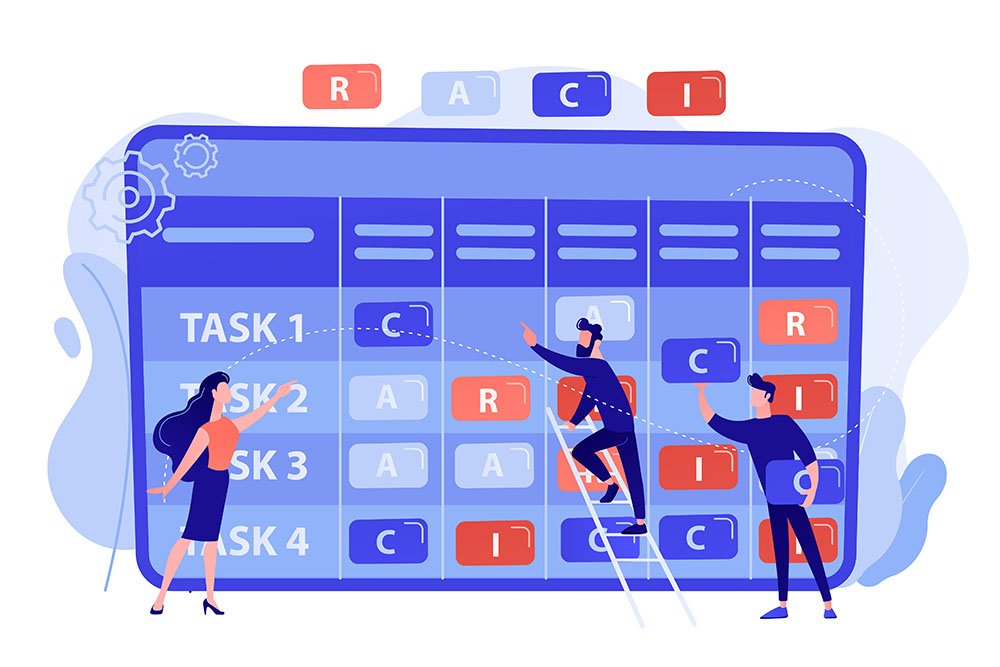
Define Development Tasks
Analyze and understand the overall requirements of the microcontroller development project. Consider factors such as system environment, reliability requirements, maintainability, and product cost to establish feasible performance indicators.
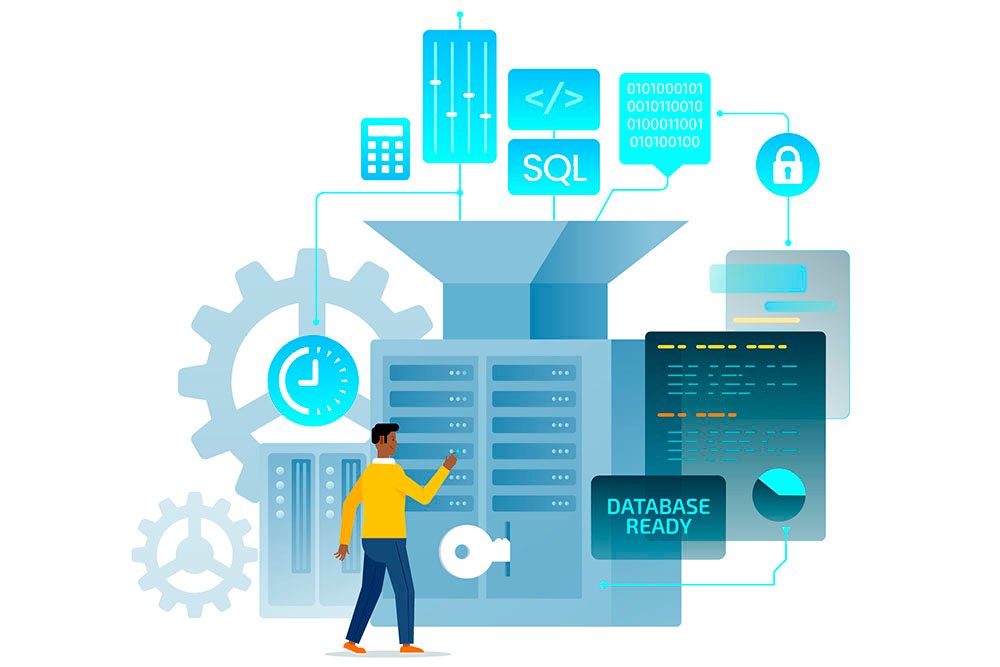
Partition Software and Hardware Functions
A microcontroller system consists of both software and hardware components. In some applications, certain functions can be achieved either through hardware or software. Hardware usage can enhance system real-time performance and reliability, while software implementation can reduce system costs and simplify hardware structure. Therefore, it is necessary to comprehensively analyze these factors and reasonably allocate the proportion of hardware and software tasks.
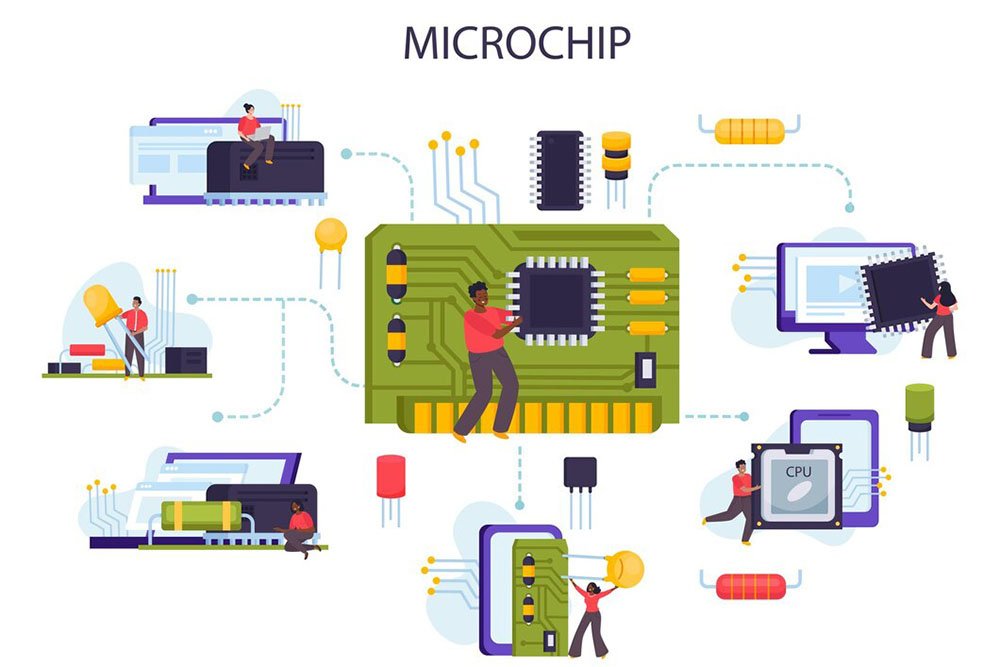
Select Desired Microcontroller and Other Key Components
Based on the hardware design tasks, choose a microcontroller and other key components that meet system requirements and offer cost-effectiveness. These components may include A/D and D/A converters, sensors, amplifiers, etc., which should meet system accuracy, speed, and reliability requirements.
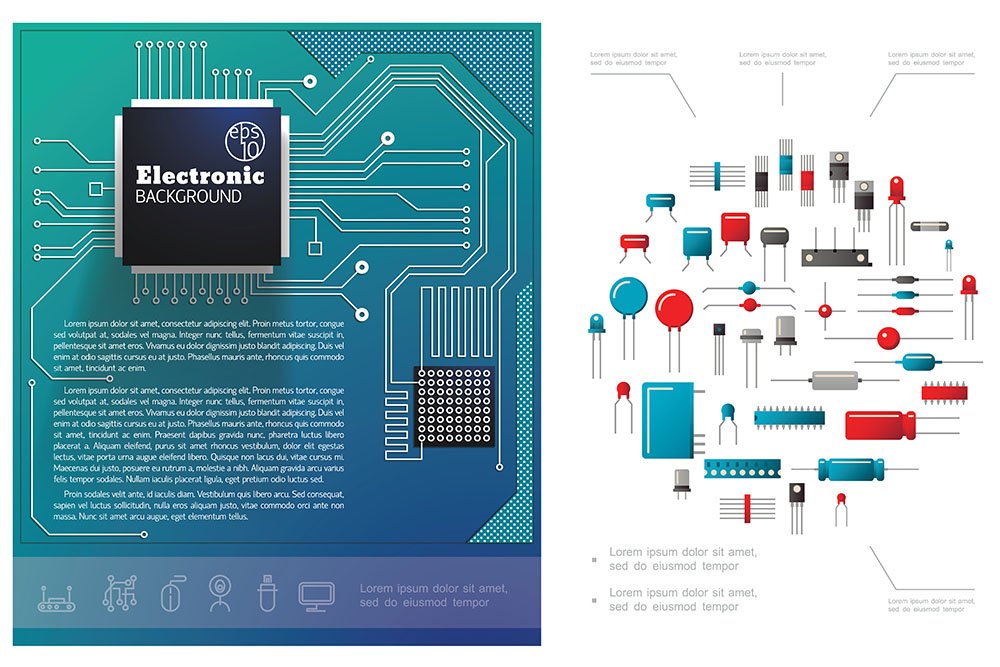
Hardware Design
Using software like Protel, design the circuit schematic of the application system based on the overall design requirements and selected microcontroller and key components.
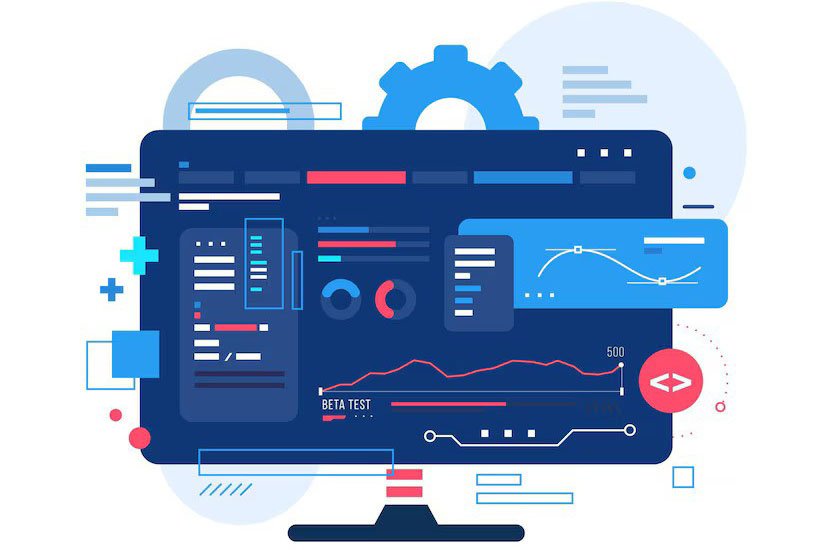
Software Design
Building on the overall system and hardware design, determine the program structure of the software system, divide functional modules, and then proceed with program design for each module.

Simulation and Debugging
After completing software and hardware design, integrate and debug both components. To avoid resource wastage, utilize software such as Keil C51 and Proteus for system simulation before producing actual circuit boards. Any issues identified can be promptly addressed.
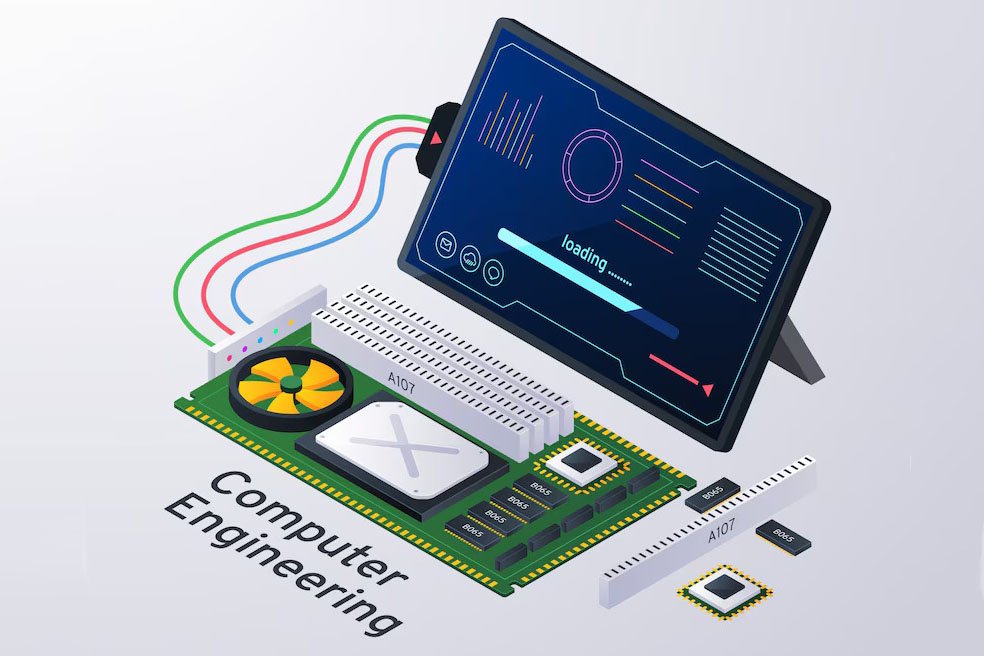
System Debugging
After completing system simulation, use drawing software like Protel to create the PCB (Printed Circuit Board) layout based on the circuit schematic. Then, hand over the PCB layout to relevant manufacturers for board production. Once the circuit boards are received, to facilitate component replacement and circuit modification, solder the required chip sockets onto the circuit board first. Next, use a programmer to write the program into the microcontroller.
Insert the microcontroller and other chips into their respective sockets, power up the system, and connect other input and output devices. Proceed with system debugging until successful.
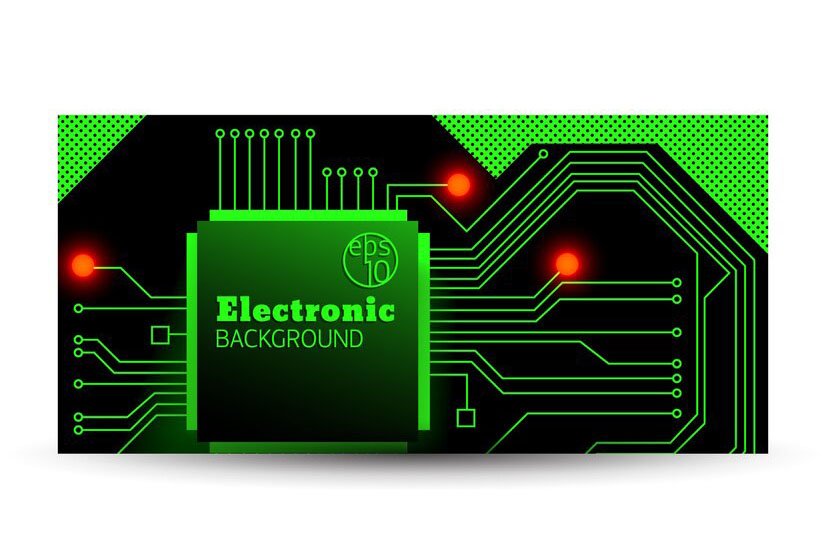
Testing, Modification, and User Trials
Upon successful testing and verification, hand over the system to users for trials. Address any actual issues that arise during the trial phase and make necessary modifications for system refinement. Once testing is satisfactory, the system development is complete.
Our Microcontroller Development Capability
- Atmel AVR series (e.g., ATmega328P, ATmega8, ATtiny85)
- Microchip PIC series (e.g., PIC16F877A, PIC18F4520, PIC12F683)
- STMicroelectronics STM8 series (e.g., STM8S103F3, STM8L152R8)
- NXP Semiconductors 8-bit LPC series (e.g., LPC810, LPC1227, LPC1768)
- Renesas RL78 series (e.g., R5F10PLJ, R5F104BA)
- Silicon Labs 8-bit EFM8 series (e.g., EFM8UB1, EFM8LB1, EFM8SB1)
- Cypress PSoC 4 series (e.g., CY8C4245AXI, CY8C4247AZI, CY8C4247LQI)
- Texas Instruments MSP430 series (e.g., MSP430G2553, MSP430FR5969, MSP430F5529)
ARM Cortex-M series:
- STM32 series by STMicroelectronics (e.g., STM32F407, STM32L476, STM32H743)
- LPC series by NXP Semiconductors (e.g., LPC1768, LPC54608, LPC4330)
- Kinetis series by NXP Semiconductors (e.g., MKL25Z128, MK64FN1M0, MK66FX1M0)
- SAM series by Microchip (e.g., SAM D21, SAM E70, SAM V71)
- EFM32 series by Silicon Labs (e.g., EFM32GG11, EFM32TG11, EFM32ZG12)
- nRF52 series by Nordic Semiconductor (e.g., nRF52832, nRF52840)
- RX series by Renesas (e.g., RX65N, RX130)
- MSP432 series by Texas Instruments (e.g., MSP432P401R, MSP432P401M)
ARM Cortex-A series:
- i.MX series by NXP Semiconductors (e.g., i.MX 6ULL, i.MX 8M Mini, i.MX RT1060)
- SAMA5 series by Microchip (e.g., SAMA5D27, SAMA5D3, SAMA5D4)
- AM335x series by Texas Instruments (e.g., AM335x, AM3359, AM3352)
Other 32-bit MCUs:
- PIC32 series by Microchip (e.g., PIC32MX, PIC32MZ, PIC32MM)
- AVR32 series by Microchip (e.g., AT32UC3A, AT32UC3B)
Microcontroller Development Languages
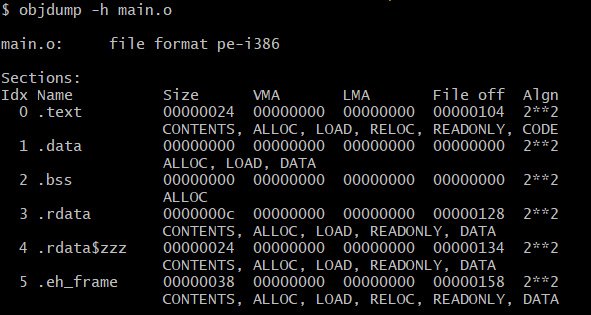
Assembly language
Assembly language is a low-level (low-level) programming language that is closely related to hardware. It maps directly to machine language, allowing programmers to directly control hardware resources.
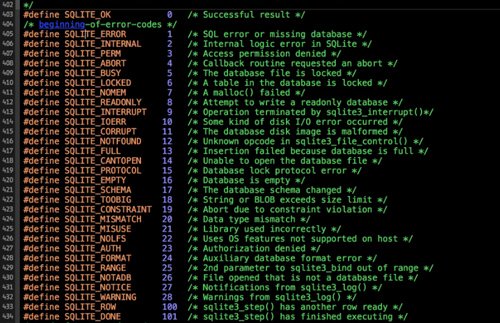
C language
C language is the most commonly used development language for microcontrollers. It is also a high-level programming language and has good portability and readability. For microcontrollers, embedded C is usually used for development.
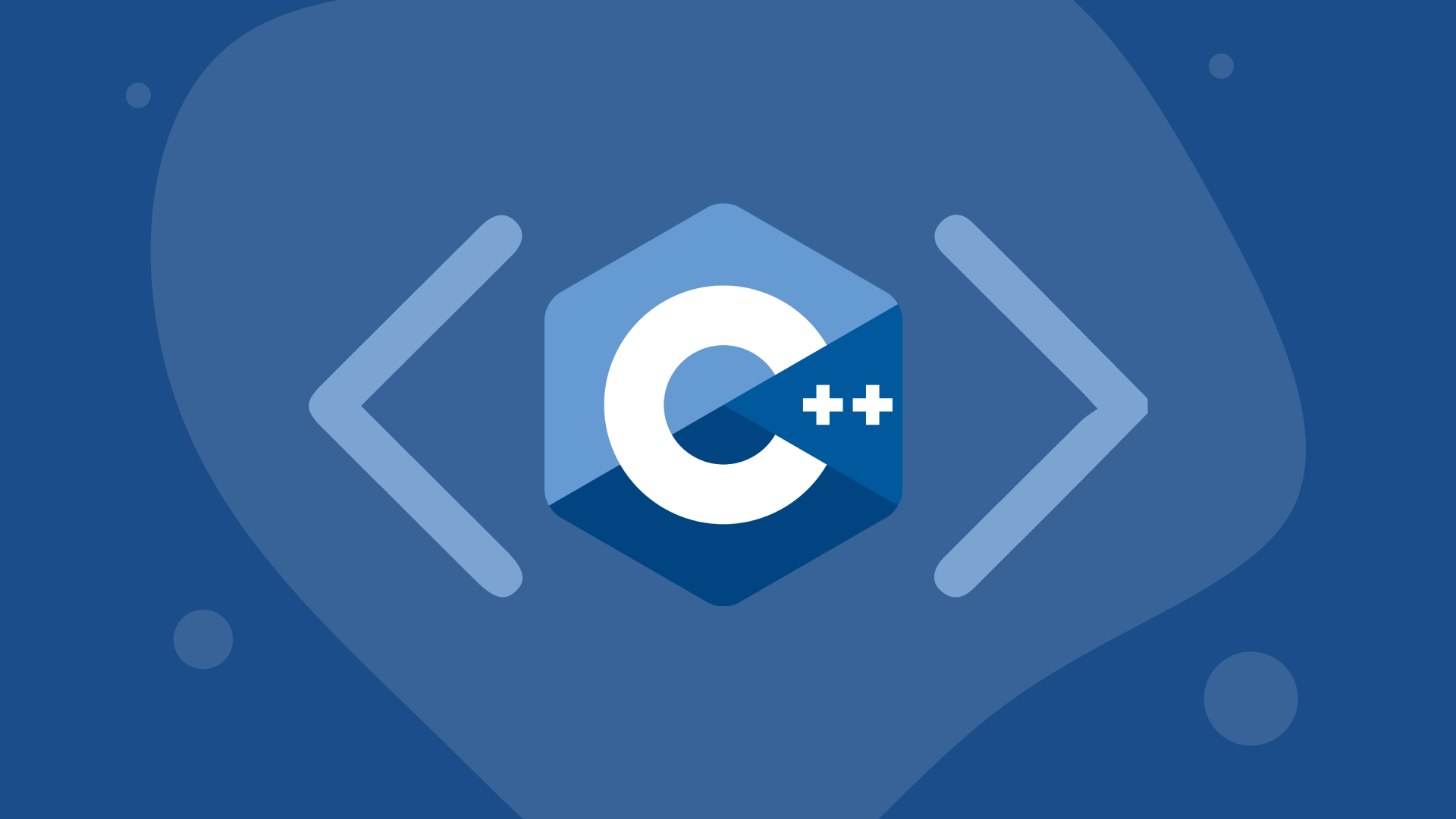
C++ language
C++ is an object-oriented programming language based on C language. Although it is relatively rarely used in the field of microcontrollers, some modern microcontrollers have begun to support C++.

Python language
Although Python is not commonly used for traditional microcontroller programming, some microcontrollers such as MicroPython and CircuitPython support the Python language, making development simpler.
